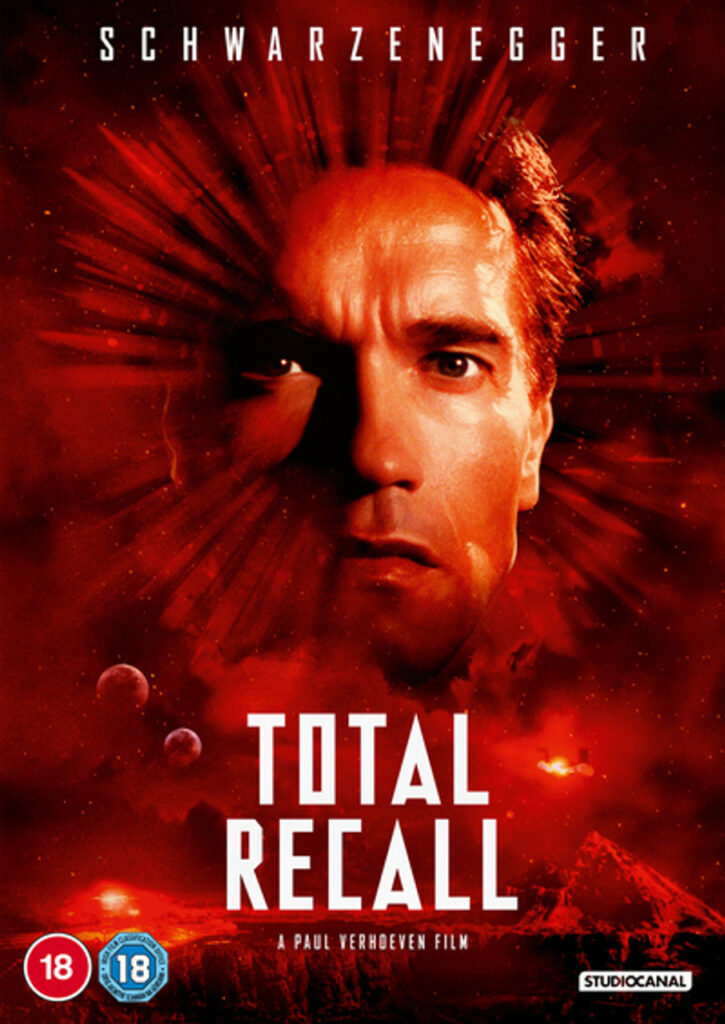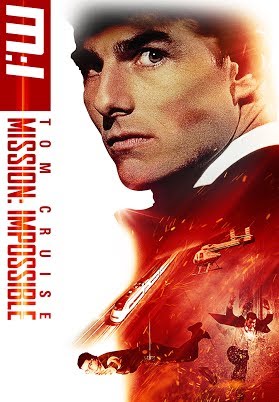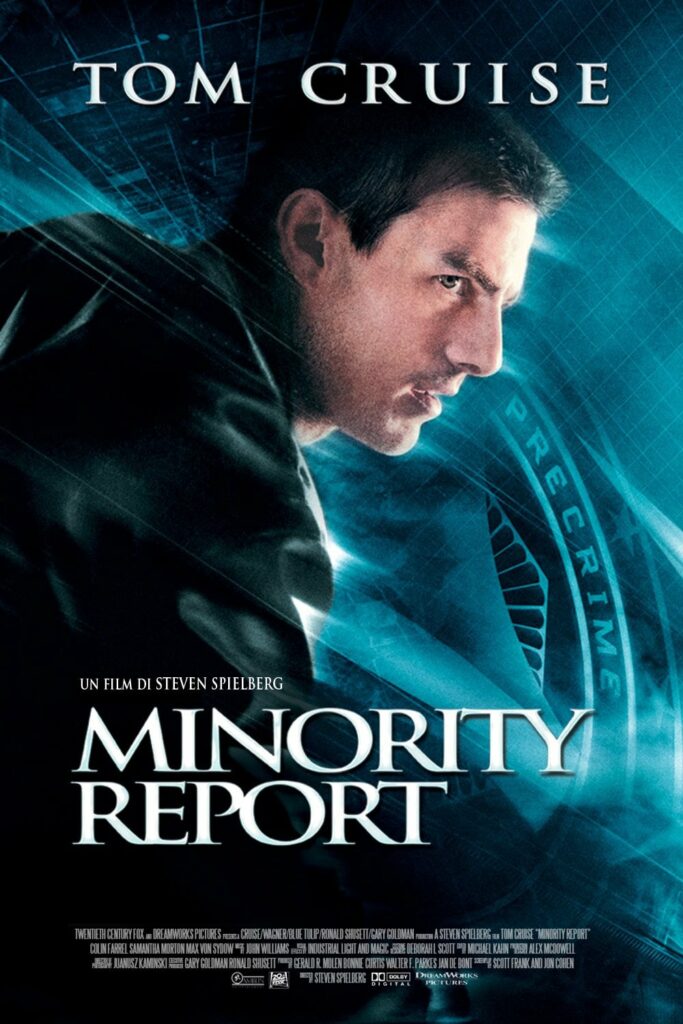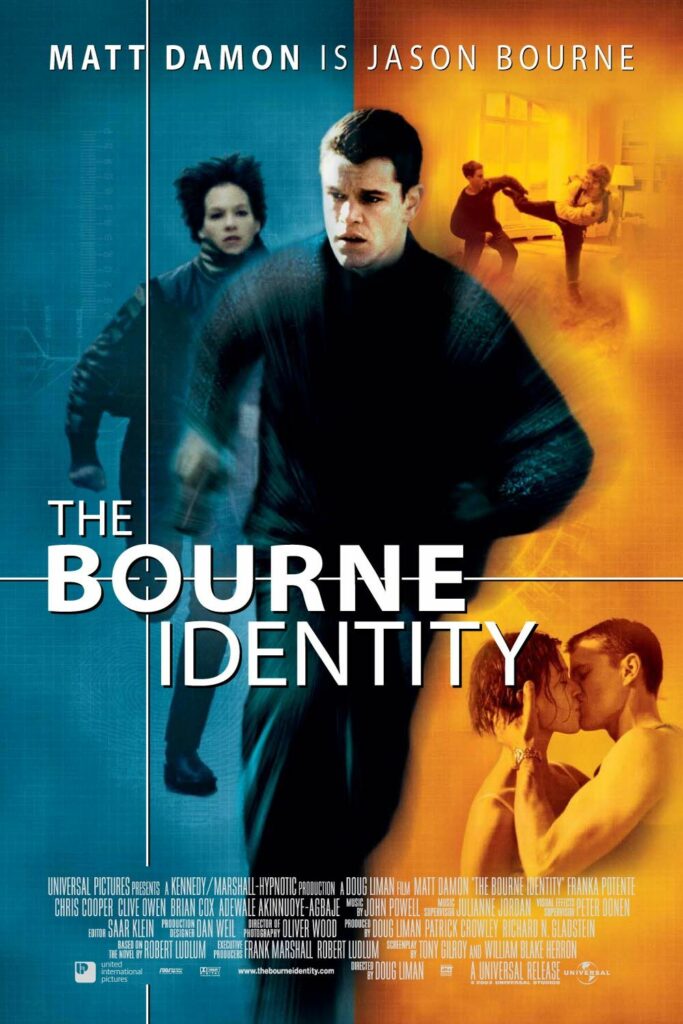
Five Classic Movies that Inspired the Biometrics technology
Biometric technology involves the use of physical or behavioral characteristics . It has a wide range of applications, including security, healthcare, and financial transactions. Biometric technology has long been a staple of science fiction (Sci-Fi) movies, serving as a way to add an element of futuristic realism to the plot.
Biometric technology in movies
There are several examples of biometric technology that have been featured in movies
1. Retinal scanners
These are devices that use lasers or other methods to scan the unique pattern of blood vessels in the retina (the back of the eye) to identify individuals. They are often depicted as a security measure to restrict access to certain areas or facilities.
2. Fingerprint scanners
These are devices that use sensors to capture the unique patterns of ridges on the fingertips to identify individuals. They are often depicted as a security measure to restrict access to certain areas or facilities.
3. Facial recognition
This is a technology that uses algorithms to analyze and match facial features to identify individuals. It is often depicted as a surveillance tool or a security measure to restrict access to certain areas or facilities.
4. Voice recognition
This is a technology that uses algorithms to analyze and match the unique characteristics of an individual’s voice to identify them. It is often depicted as a security measure or a way to control various devices or systems.
5. Hand geometry
This is a biometric technology that uses the shape and size of an individual’s hand to identify them. It is often depicted as a security measure to restrict access to certain areas or facilities.
Biometric technology has been featured in a number of films over the years. Here are just a examples of 5 movies that have used biometric technology to enhance their storylines
“Total Recall” (1990)

In this classic science fiction film, Arnold Schwarzenegger plays a construction worker who discovers that his entire life has been a lie and that he is actually a secret agent with memories implanted in his brain. The film features a number of biometric technologies, including retinal scanners and fingerprint scanners, as security measures to restrict access to certain areas and facilities.
“Mission: Impossible” (1996)

This action film follows a secret agent as he attempts to clear his name after being falsely accused of treason. The film features a number of biometric technologies, including facial recognition and fingerprint scanners, as security measures to restrict access tocertain areas and facilities.
“Minority Report” (2002)

Based on a story by Philip K. Dick, this film takes place in a future where a specialized police unit is able to predict and prevent crimes before they occur. The film features a number of biometric technologies, including retinal scanners and facial recognition, as a means of identifying and tracking individuals.
“The Bourne Identity” (2002)

This action thriller follows an amnesiac assassin as he tries to uncover his true identity and the reasons behind his memory loss. The film features a number of biometric technologies, including fingerprint scanners and voice recognition, as security measures to restrict access to certain areas and facilities.
“Elysium” (2013)

Set in the year 2154, this science fiction film depicts a world where the wealthy live on a luxurious space station while the rest of humanity struggles to survive on a polluted and overpopulated Earth. The film features a number of biometric technologies, including facial recognition and hand geometry scanners, as security measures to restrict access to certain areas and facilities.
“These movies may have helped to raise awareness of biometric technology and its potential uses.”
As an entrepreneur, it is important to carefully research and evaluate the various biometric technologies available and determine whether they are suitable for your specific business needs and goals. This may involve considering factors such as the type of biometric technology, its accuracy and reliability, its cost, and its potential impact on customer experience and privacy.
It is also important to consider any relevant laws and regulations surrounding the use of biometric technology, as well as any potential ethical considerations. Consulting with experts in the field and seeking advice from legal and regulatory authorities can help ensure that the use of biometric technology is appropriate and in compliance with relevant laws and regulations.
Read more articles at https://blog.uppass.io


